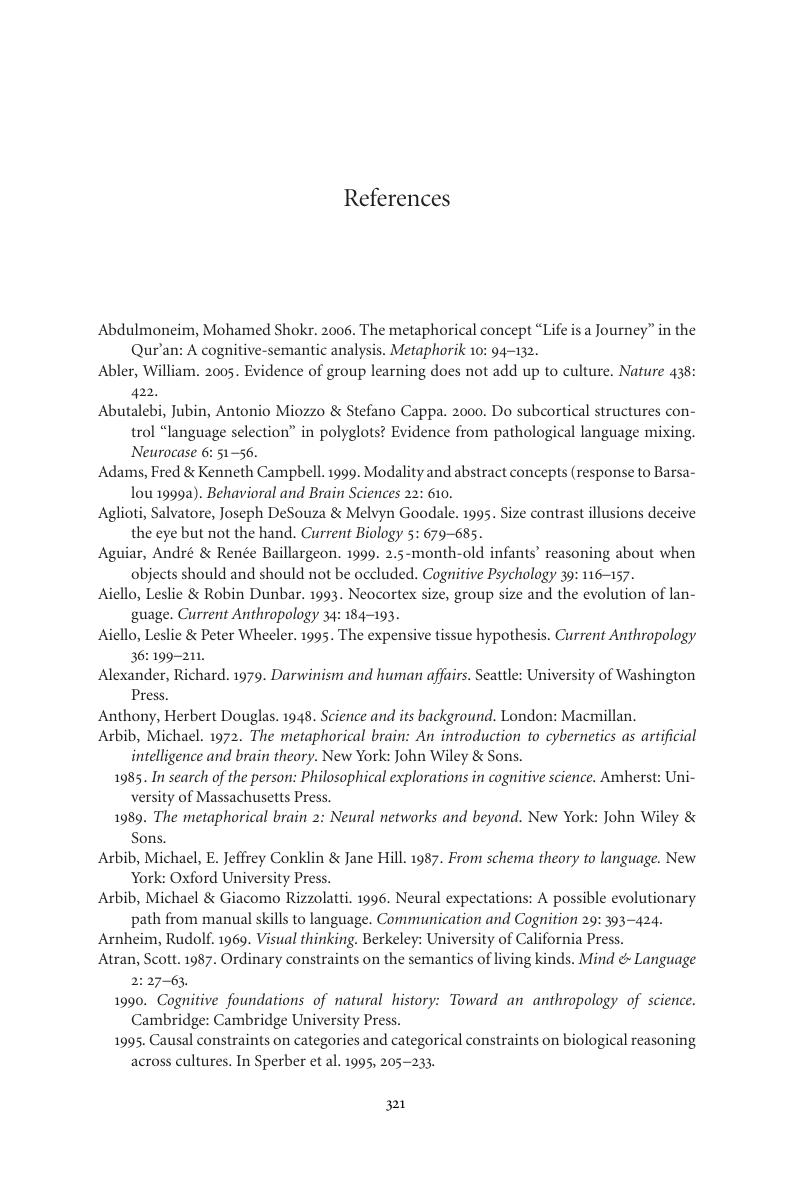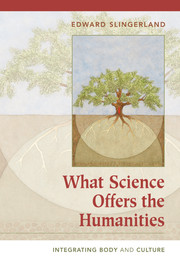Book contents
- Frontmatter
- Contents
- Figures
- Preface
- What Science Offers the Humanities
- Introduction
- PART I EXORCISING THE GHOST IN THE MACHINE
- PART II EMBODYING CULTURE
- PART III DEFENDING VERTICAL INTEGRATION
- Conclusion
- Appendix: Embodying Culture: Selected Bibliography and Other Resources
- References
- Index
- References
References
Published online by Cambridge University Press: 05 June 2012
- Frontmatter
- Contents
- Figures
- Preface
- What Science Offers the Humanities
- Introduction
- PART I EXORCISING THE GHOST IN THE MACHINE
- PART II EMBODYING CULTURE
- PART III DEFENDING VERTICAL INTEGRATION
- Conclusion
- Appendix: Embodying Culture: Selected Bibliography and Other Resources
- References
- Index
- References
Summary

- Type
- Chapter
- Information
- What Science Offers the HumanitiesIntegrating Body and Culture, pp. 321 - 356Publisher: Cambridge University PressPrint publication year: 2008



